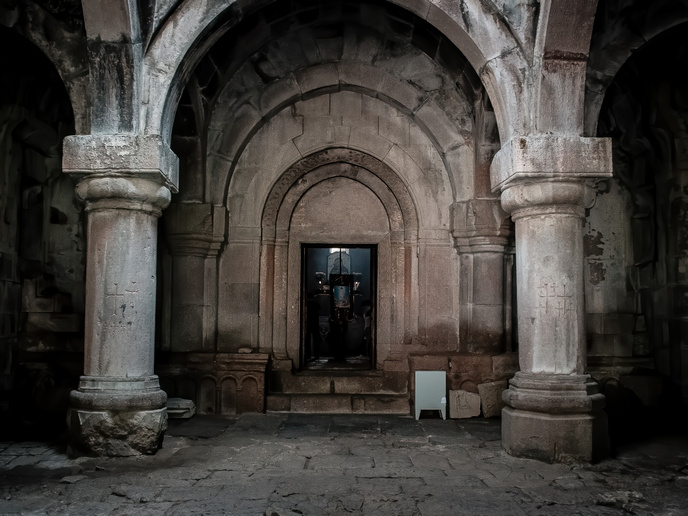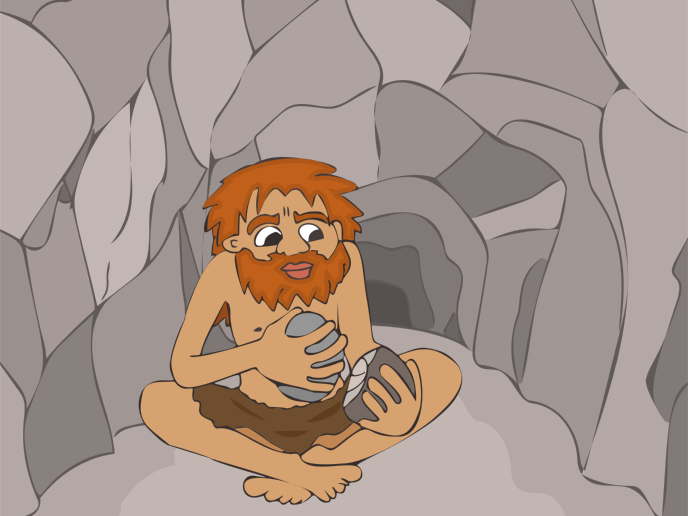Innovative new tool for evaluating architectural heritage
Ancient buildings, from the smallest homes to the grandest pieces of architecture, hold the secrets of our shared history. Preserving heritage buildings is therefore essential for preserving our own past. To do so requires a deep understanding and knowledge of architectural masonry. In the EU-funded DocumeNDT(opens in new window) project, undertaken with the support of the Marie Skłodowska-Curie Actions(opens in new window) programme, researchers have developed a new, non-destructive approach to evaluating and recording archaeological ruins, combining sonic tomography, photogrammetry and 3D laser scanning to create a precise characterisation of ancient masonry. “How the masonry walls are specifically built, what their state of conservation is or what the material properties of the masonry are – these are common questions that we ask ourselves during a conservation project,” says Javier Ortega(opens in new window), an architect from the Polytechnic University of Madrid(opens in new window) and principal researcher of DocumeNDT. One way to gather this information would be to extract samples from the buildings, but when dealing with architectural heritage the material must be preserved. “The new inspection system that we have developed for the on-site non-destructive evaluation can provide this essential knowledge about the structure, which helps to inform decisions for conservation,” adds Ortega.
Using waves to characterise materials
The DocumeNDT project designed and fabricated an automated sonic tomography system, developed at the laboratory of ITEFI, Spanish National Research Council (CSIC) and able to emit and receive acoustic (sonic) waves which penetrate masonry walls(opens in new window). This system uses tomographic imaging, which analyses the propagation of these acoustic waves and maps the interior of materials, extracting information about defects or discontinuities in a non-invasive manner. “Automating the inspection procedure was key because we need to collect a great amount of data to carry out the tomographic reconstruction,” explains Ortega. Another main objective of the project was to characterise masonry material properties using non-destructive acoustic inspection. This included an extensive experimental campaign in the laboratory, running compression tests on six stonemasonry walls with different geometries, constructed by a professional stonemason. The results were used to assess elastic properties and to understand the variability(opens in new window) and uncertainty of the procedure.
Creating an ID scheme for stonemasonry buildings
The team also ran an experimental campaign as part of the project, to create stonemasonry wallets – a building ID scheme for heritage buildings. This was possible due to the careful construction and documentation of the walls, which allowed the researchers to create 3D models of the walls, including their inner configuration(opens in new window).
New tools for professionals working with old buildings
The team believe their novel technology can have a great impact on a variety of people who inspect and document buildings, including architects, structural engineers, archaeologists, surveyors and professionals working in the 3D digitisation and virtualisation of cultural heritage. “This can have a significant impact on the conservation community by offering ready-to-use equipment and methods for practitioners,” notes Ortega. “A change in the construction industry that prioritises conservation over demolition is well aligned with the world’s ambitious climate goals to reduce carbon emissions.” Ortega is now continuing his work under a new Horizon 2020-funded project, ComFuturo(opens in new window). “We have already participated in one field mission, inspecting a historical masonry building in Albania, and we expect to have more opportunities to validate our techniques in more historical sites,” he says.







